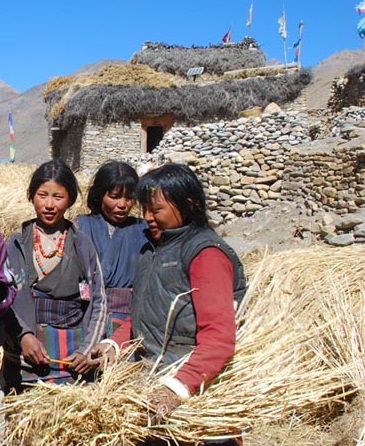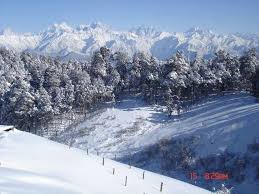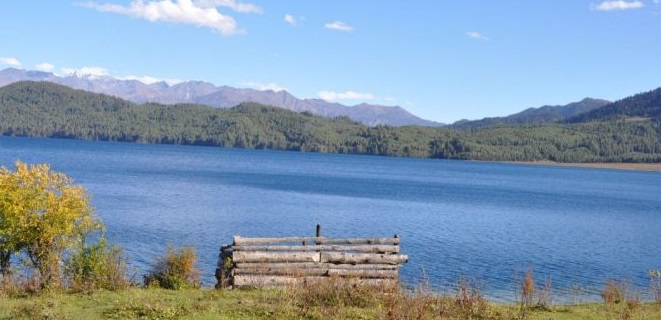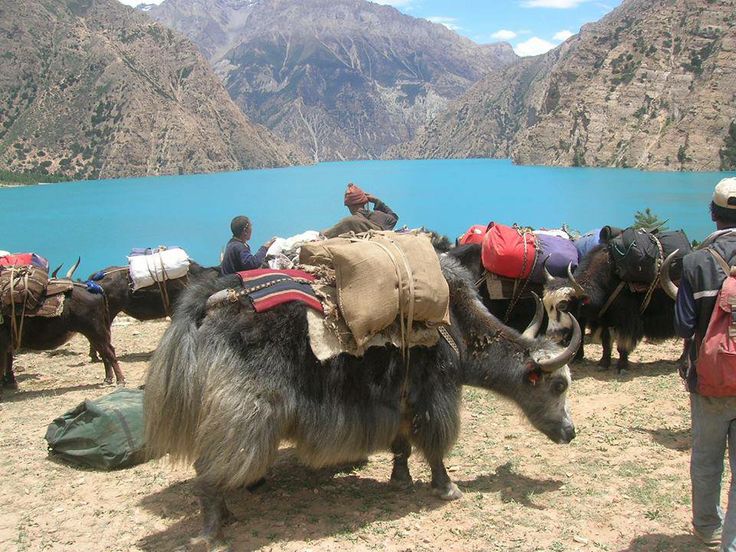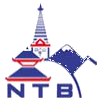Khaptad: Nepal’s Hidden Himalayan Treasure
Tucked away in the remote Far Western region of Nepal, Khaptad is a pristine paradise that remains one of the country’s best-kept secrets. This untouched land of ancient history, spiritual legacy, and stunning biodiversity offers a unique journey for nature lovers, trekkers, and cultural explorers alike.
Khaptad gained spiritual prominence about half a century ago when the revered sage, Khaptad Swami, chose its peaceful highlands for meditation. His legacy continues to inspire pilgrims and seekers who visit this sacred land. Despite its challenging terrain and dense forest cover, which has kept many of its stories hidden, Khaptad’s rugged beauty is unmatched.
The centerpiece of the region is Khaptad National Park, a vast, elevated plateau standing at 3,000 meters. Its expansive grasslands and dense alpine forests host an extraordinary array of flora and fauna. Of Nepal’s 35 forest types, 16 exist here, supporting rare medicinal plants, oaks like Quercus leucotricephala, and wildlife such as musk deer, Himalayan black bear, leopards, wild dogs, and over 260 bird species, including the endemic Black Chinned Yhina.
Khaptad isn’t just a natural sanctuary—it’s a cultural and spiritual haven with deep Aryan roots and timeless traditions. For those craving an off-the-beaten-path adventure infused with mystery, serenity, and natural splendor, a trek through the Khaptad region promises an unforgettable experience in one of Nepal’s most awe-inspiring landscapes.
